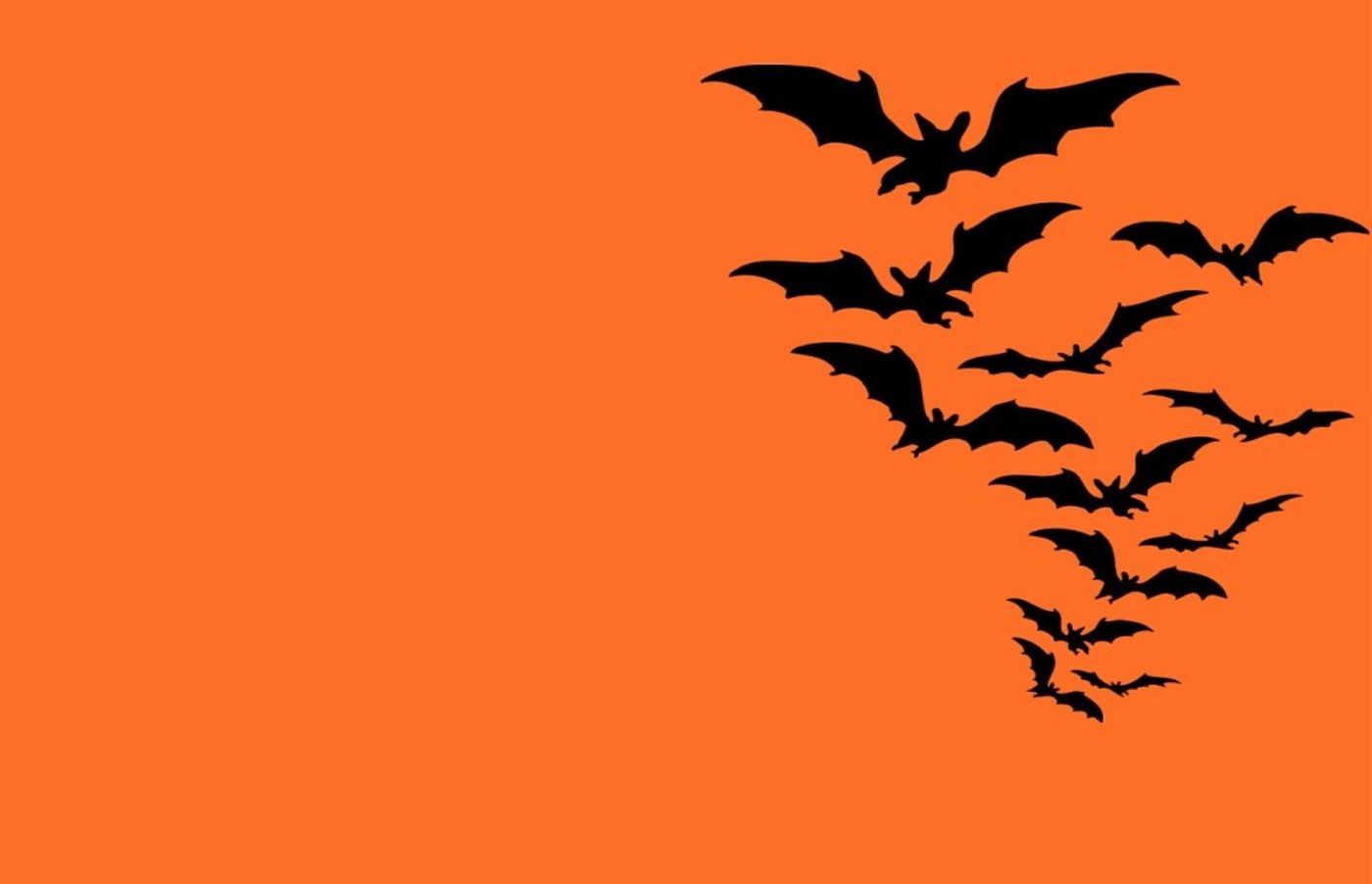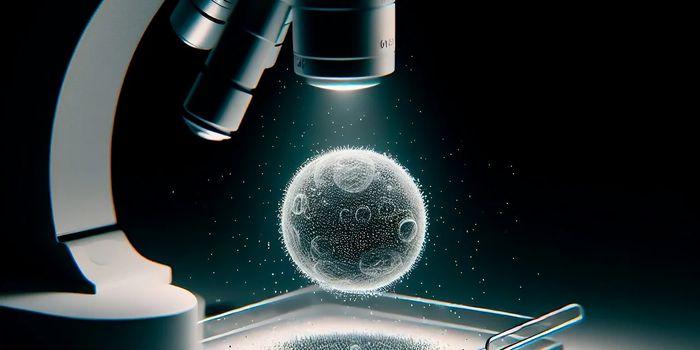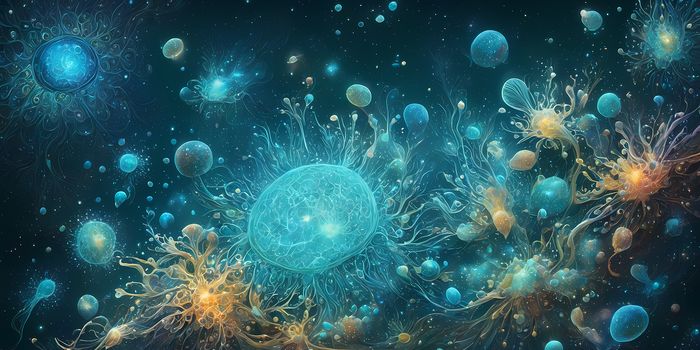It's Not a Trick: Bats Don't Get Cancer
Today many children and adults will celebrate Halloween, a holiday rooted in the ancient Celtic tradition of the festival of Samhain. Beginning over 2,000 years ago in modern-day Ireland, Samhain celebrated the end of the summer and the beginning of the cold, dark winter months. The Celts dressed in scary costumes to ward off the ghosts they believed returned to earth for one night a year, October 31. Since the origins of Halloween began in antiquity, influences from Christian beliefs, European myths, and an American melting pot have shaped the evolution of the holiday we have come to know today.
Before you don your best costume, collect your tricks and treats, and light your jack-o-lantern, we wanted to talk about one of modern-day Halloween’s mascots, the bat, and how the species remains mostly insusceptible to cancer. A mammal is not getting cancer; is it a trick or a treat?
More than 1,300 species of bats exist, comprising about 20% of all mammalian species. Bats remain one of the most well-adapted animals, fascinatingly acclimating to their environment through a variety of mechanisms. Chief among the unique adaptations bats have made include muscles allowing true self-powered flight, a characteristic that no other mammalian group possesses. The immune system of bats also benefits from several adaptations which prevent infection, despite carrying pathogens that can cause disease in other species. Bats also tout astute hearing, which allows echolocation, producing high-frequency sound waves that bounce off objects in the environment and return to the bat's ear. Interpretation of the sound emitted helps bats find food and navigate their surroundings.
Bats also have notable longevity, with most of their species enjoying lifespans over three times longer than other mammals their size. Accounting for body size, 19 mammalian species have lifespans longer than humans, and 18 are bats! While many factors contribute to their long lives, superior adaptations in DNA repair genes play a prominent role in bats’ longevity.
Different species of mammals have varying susceptibilities to cancer. Generally, most species with long lifespans experience more resistance to developing malignant diseases. Rickett’s big-footed bats (Myotis pilosus) appears particularly resistant to cancer and a recent study linked this resistance to the downregulation of a trio of genes (HIF1A, COPS5, and RPS3).
Indeed, today’s story is no trick, cancer is barely prevalent in bats, a fact that might surprise you. Some other mammalian species, including naked mole rats and elephants, rarely get cancer. Researchers actively study the cellular and molecular mechanisms active in these species to help inform cancer prevention research and drug development.
Sources: Annu Rev Anim Biosci, Curr Biol, Proc Biol Sci, J Gerontol, Sci Adv, Nat Commun, Nature, eLife









